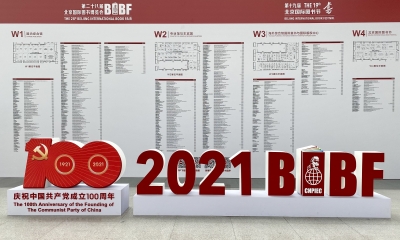China’s Answer to the Cultural Tourism Dilemma
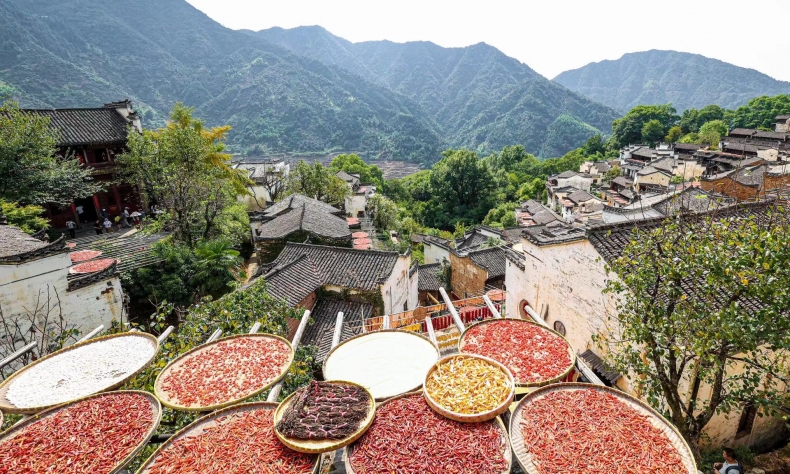
Cultural tourism can be a big driver of economic growth. However, authorities need to be on constant guard against environmental degradation and commercialization.
Since the onset of the Covid-19 pandemic, the staycation phenomenon has become a growing trend worldwide. With so much uncertainty surrounding international travel, travelers are increasingly choosing to stay closer to home and discover the wonders of their own lands.
In terms of expectations around what staycationers are looking to experience, interest in visiting cultural or historical sites has become increasingly popular. In China, cultural tourism surpassed beach and resort trips to become the second-most-popular reason for travel in 2021, behind only outdoor-scenic destinations.
This rise in domestic cultural tourism is certainly something to be celebrated. For one, it points to a growing desire of citizens to learn, discover and experience the intangible heritage of their own country. It is also a great boon for the economy as the arrival of more people leads to new jobs and business opportunities as well as generating higher tax revenues.
Such a sudden influx in visitors, however, particularly to cultural sites, presents challenges around environmental degradation and commercialization. The issue is that if not properly managed, cultural tourism runs the risk of eroding the very essence of the attraction which drew visitors in the first place.
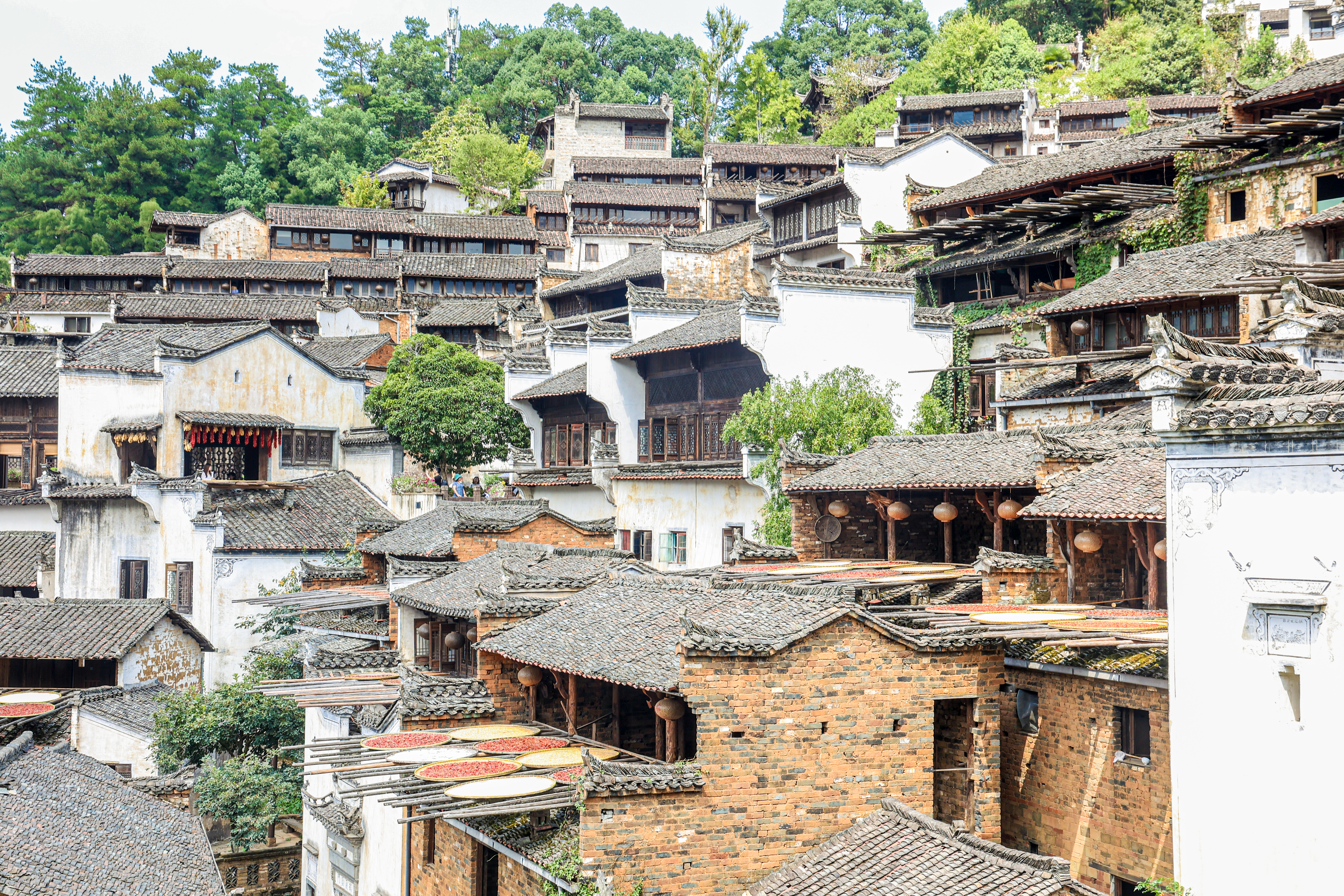
Overcoming the cultural tourism dilemma
Faced with this dilemma, authorities across China have experimented with various methods for accelerating tourism while also striving to preserve the charm and character of its ancient heritage.
Wuyuan County, located in east China’s Jiangxi Province, notably stands out for its approach to sustainable tourism-based development. With its timeless mountainous landscape filled with sweeping forests and some of the best-preserved Huizhou-style architecture (built during the Ming and Qing Dynasties, 1368-1911), Wuyuan is known as the “most beautiful countryside in China.”
Its journey toward simultaneously embracing and guarding against Twenty-First-century change began in 2008 when the County was named as one of China’s first national-level cultural and ecological protection experimental zones. Accordingly, the local government was tasked with preserving the landscape and historical architecture as well as the local people’s values, traditions and distinct characteristics.
A few years later, as part of President Xi Jinping’s nationwide poverty alleviation campaign, Wuyuan was ordered to provide greater opportunities to its poorest villagers. Mindful of their ecological and cultural preservation responsibilities, local authorities developed a tourism-based poverty reduction campaign.
The Wuyuan model
The ancient Huangling Village in Wuyuan, with a history stretching back more than 500 years, has emerged as a model example of sustainable development and tourism-based poverty reduction. Its per capita annual income increased by more than ten-fold, from 3,500 yuan (approx. $488.95) before tourism development to 40,000 yuan (approx. $5,588). Meanwhile, the average annual income of households increased from 15,000 yuan (approx. $2,095.5) to 130,000 yuan (approx. $18,162).
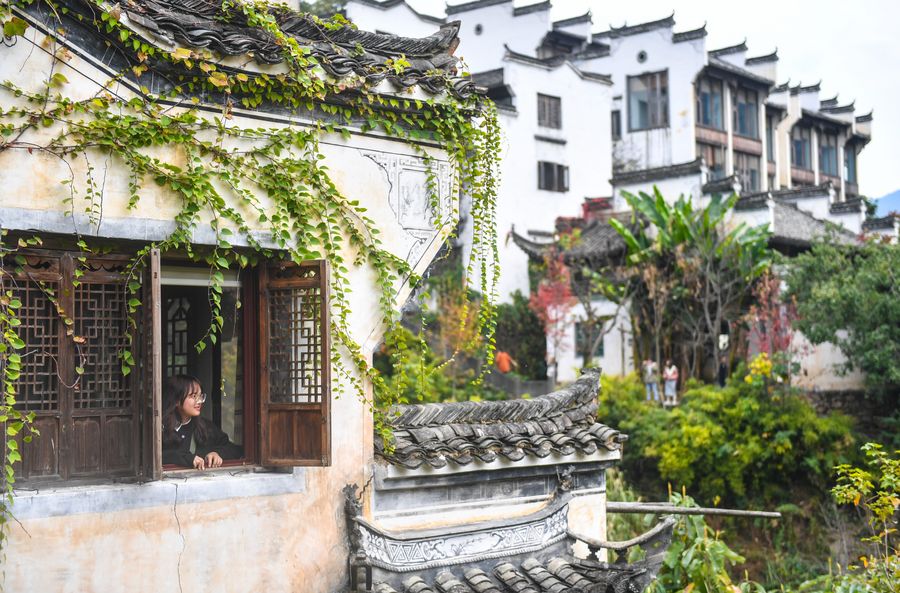
Attracting some 1.45 million tourists a year, the village has also played a significant role in driving the development of surrounding villages. As a result, it has been recognized as a successful case in tourism-based poverty reduction by the World Tourism Alliance and crowned by China as “The Demonstration Village of China’s Poverty-relief Rural Tourism.”
Wu Xiangyang, head of Huangling Village, revealed to China Focus the secrets behind the village’s success.
First, he said, authorities launched an ambitious relocation program. Such programs, whereby rural residents living in remote regions are relocated to a more accessible location, had already proven successful across many parts of China. In the remote highlands of Tibet, for example, relocation programs had proven to provide residents with better access to public services and also greater commercial opportunities.
As part of Wuyuan’s relocation program, authorities were determined to preserve the Huizhou-style architecture, Wu said. To this end, more than 100 ancient buildings were transported brick-by-brick from across the region and rebuilt using traditional methods in Huangling Village.
To support the development of the tourism industry, authorities invested heavily in the region’s transport infrastructure. Now, all of the county’s villages are reachable within an hour by car from the airports of Huangshan, Jingdezhen and Sanqingshan. The north and south are well connected by the Beijing-Fuzhou high-speed railway, and the east and west are well connected by the Jiujiang-Jingdezhen-Fuzhou high-speed railway. Meanwhile, cable cars and suspension bridges provide easy access to the most remote mountainous villages.
With the ancient houses successfully relocated and the necessary transport infrastructure complete, authorities moved to introduce legislation to preserve the local culture and heritage. Folk customs, including Anhui Opera, Nuo Dance, She Inkstone Making, and the Three Carvings construction method are protected as intangible cultural heritage.
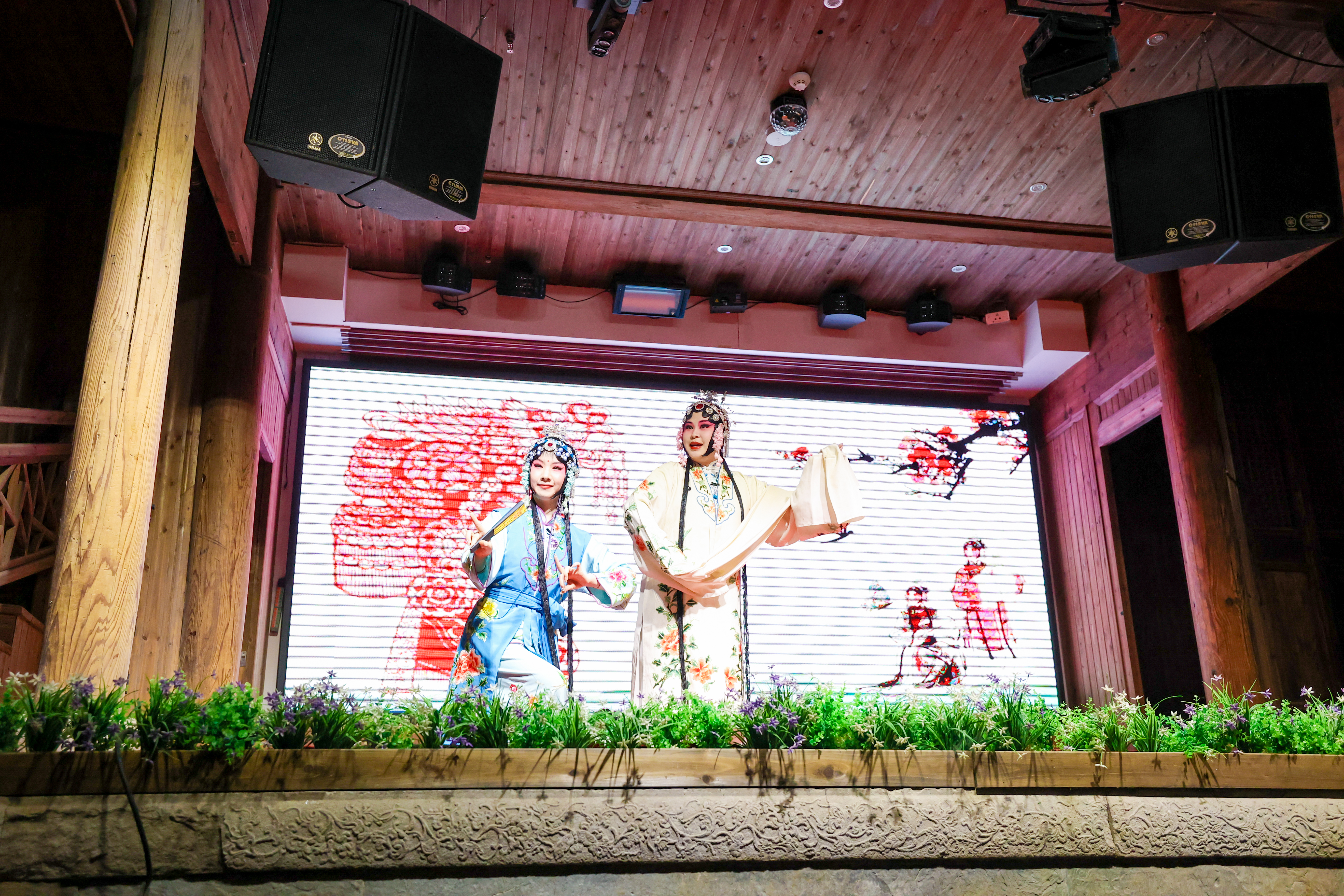
Finally, to protect against over-commercialization, authorities restricted the use of buildings for commercial purposes, allowing only one shop per street to sell the same items. Measures to support the development of the bed and breakfast (B&B) industry were also introduced.
Selina Liao and her husband Edward Gawne purchased an old mansion in Wuyuan in 2015, and after two years of renovations, opened a Chinese-English-style homestay. ‘Skywells,’ inspired by the signature feature of Huizhou-style house, combines Huizhou architecture and traditional English countryside décor.
After sharing pictures of their beautiful homestay on social media, it immediately became a hit with foreign visitors. “We posted information about the house on Facebook, and many of our friends said they wanted to come to China as a group,” said Edward.
Prior to the Covid-19 pandemic, over 90 percent of guests arrived from overseas. Now, almost all visitors are Chinese staycationers looking to experience Wuyuan’s unique landscape and culture. Edward and Selina said they are proud that people from all over the world can learn more about the traditions and folk customs of Wuyuan and admire the Chinese countryside.
“Most of our guests, especially those from overseas, had never heard of Jiangxi Province before. However, thanks to Skywells, now more and more people know a place called Wuyuan and then get to know more about Jiangxi,” said Selina. “We are so proud of that.”
 Facebook
Facebook
 Twitter
Twitter
 Linkedin
Linkedin
 Google +
Google +




